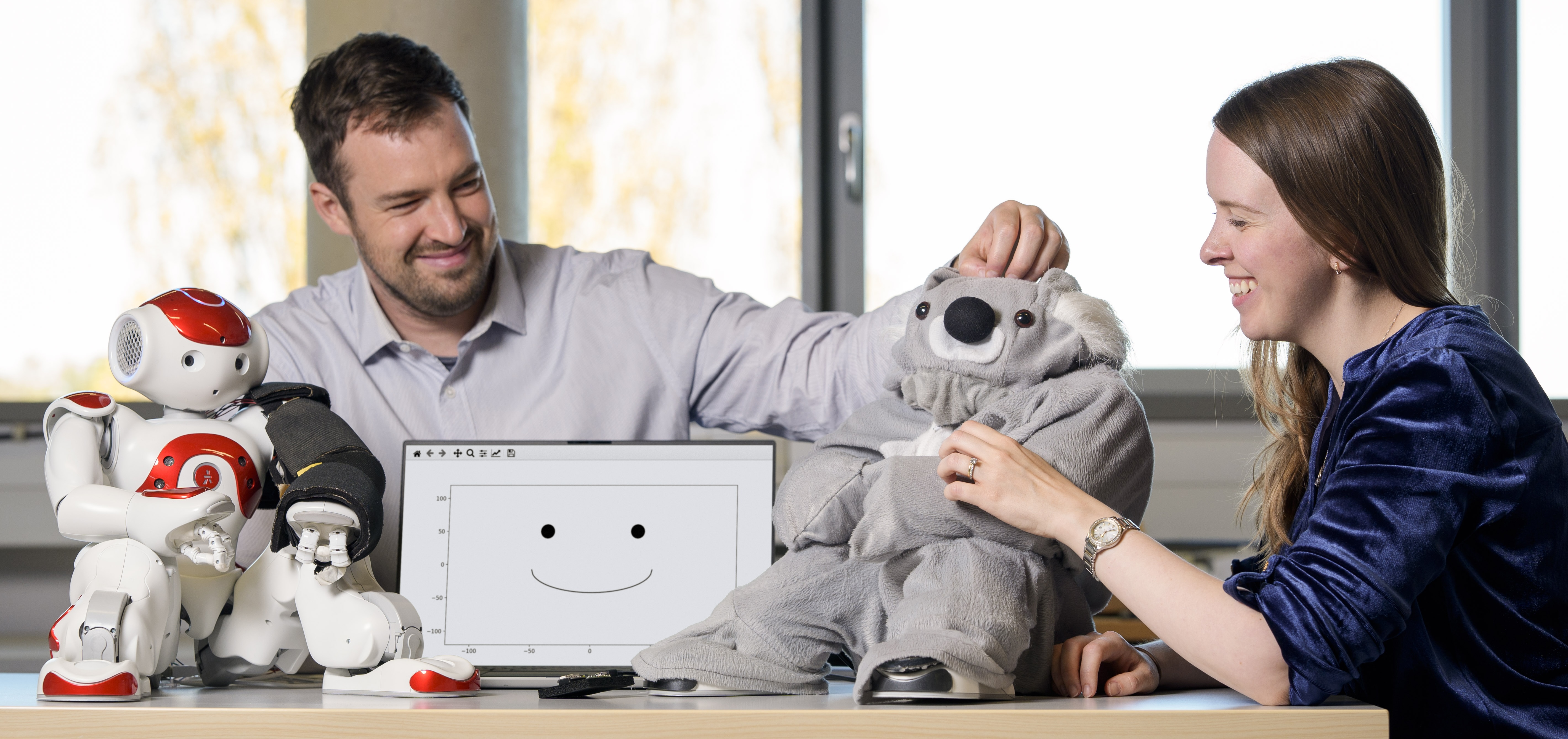Reinforcement Learning and Control
Model-based Reinforcement Learning and Planning
Object-centric Self-supervised Reinforcement Learning
Self-exploration of Behavior
Causal Reasoning in RL
Equation Learner for Extrapolation and Control
Intrinsically Motivated Hierarchical Learner
Regularity as Intrinsic Reward for Free Play
Curious Exploration via Structured World Models Yields Zero-Shot Object Manipulation
Natural and Robust Walking from Generic Rewards
Goal-conditioned Offline Planning
Offline Diversity Under Imitation Constraints
Learning Diverse Skills for Local Navigation
Learning Agile Skills via Adversarial Imitation of Rough Partial Demonstrations
Combinatorial Optimization as a Layer / Blackbox Differentiation
Object-centric Self-supervised Reinforcement Learning
Symbolic Regression and Equation Learning
Representation Learning
Stepsize adaptation for stochastic optimization
Probabilistic Neural Networks
Learning with 3D rotations: A hitchhiker’s guide to SO(3)
Haptic Empathetic Robot Animal (HERA)

Social touch is a key aspect of our daily interactions with other people. We use social touch to gain attention, communicate needs, and convey emotions. However, children with autism may have difficulties using touch in these ways. While socially assistive robots are generally viewed as promising therapy tool to help children with autism, existing robots typically lack sufficient touch-perception capabilities. We propose that socially assistive robots could better understand user intentions and needs and provide increased support opportunities if they could perceive and intelligently react to touch.
This project entails the design, creation, and testing of a touch-perceptive and emotionally responsive robot, which we refer to as the Haptic Empathetic Robot Animal, or HERA []. HERA is intended to demonstrate new technical capabilities that therapists could use to teach children with autism about safe and appropriate touch. We divided HERA's development into four principal stages: 1) establishing touch-sensing guidelines, 2) building touch-perceiving sensors, 3) creating a long-horizon emotion model that processes and responds to touch interactions, and 4) integrating the subsystems for real-time performance.
We established seven key touch-sensing guidelines that a therapy robot should meet through in-depth interviews with eleven autism specialists []. For our initial robot prototype, we enclosed the commercially available humanoid robot NAO inside a koala suit. Based on our guidelines, we then created a tactile perception system composed of fabric-based, resistive tactile sensors [
] and a two-stage gesture classification algorithm [
]. This system can identify five social touch gestures at two intensity levels (ten total gestures + no touch) at each of the sixteen tactile sensors covering the robot's whole body.
HERA reacts on both short and long-term time scales using an emotion model that is designed to reinforce appropriate social touch behavior and is based on approach-avoidance theory from psychology []. To increase HERA's general applicability as an educational tool, multiple parameters in the emotion model can be modified to customize HERA's personality and behavior. HERA's tactile perception and emotion subsystems run and communicate in real time, enabling live interaction with a robot that feels touch and emotion.
Members
Publications











